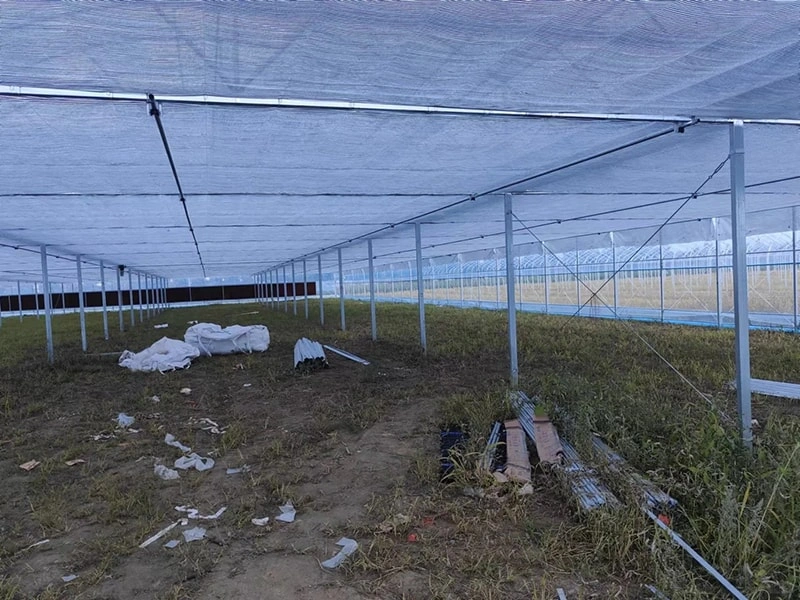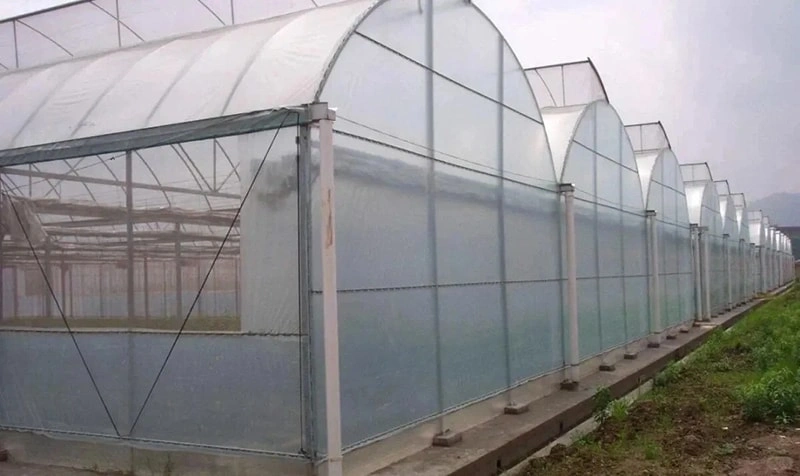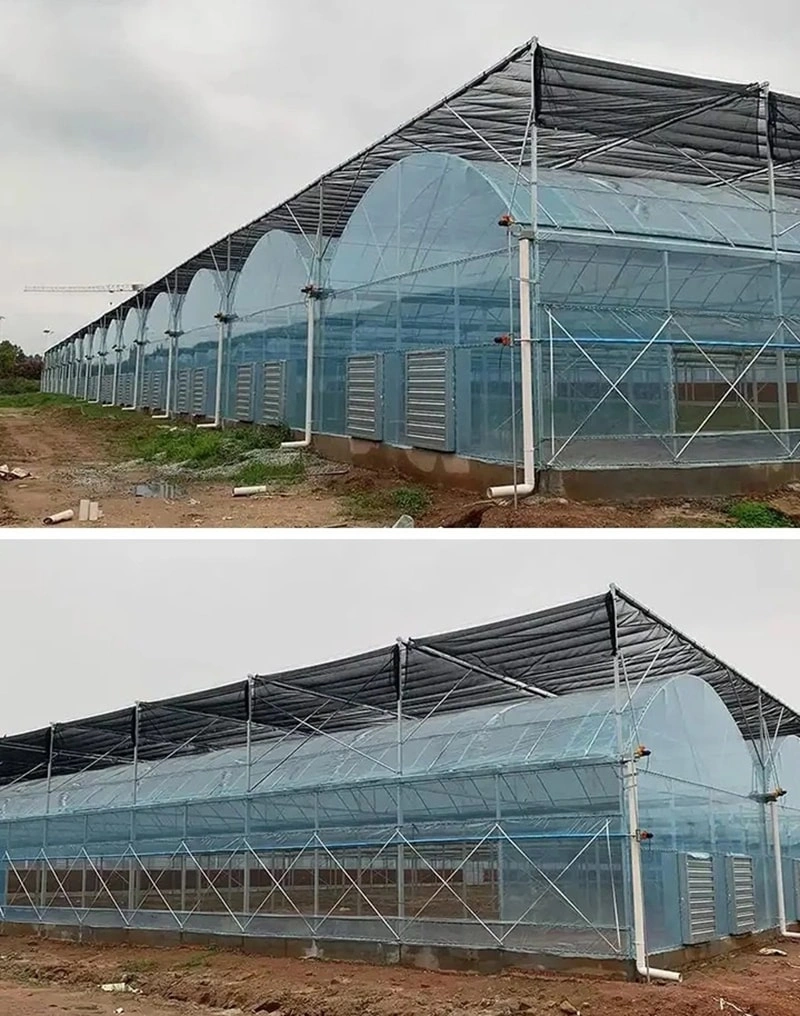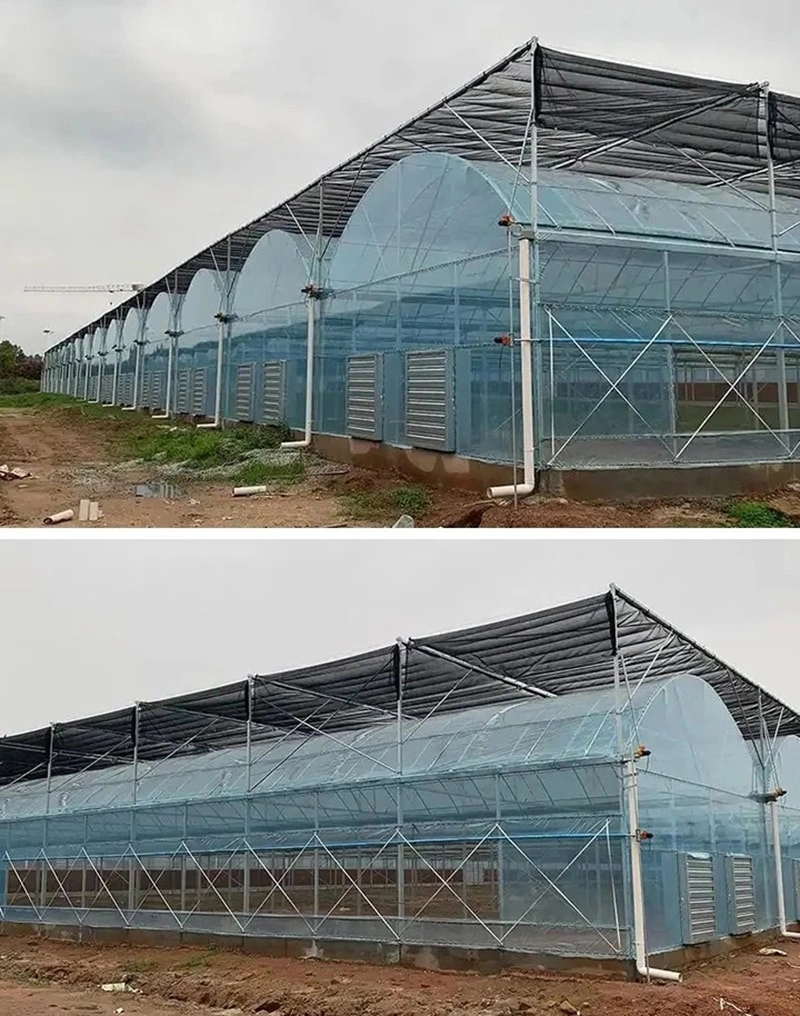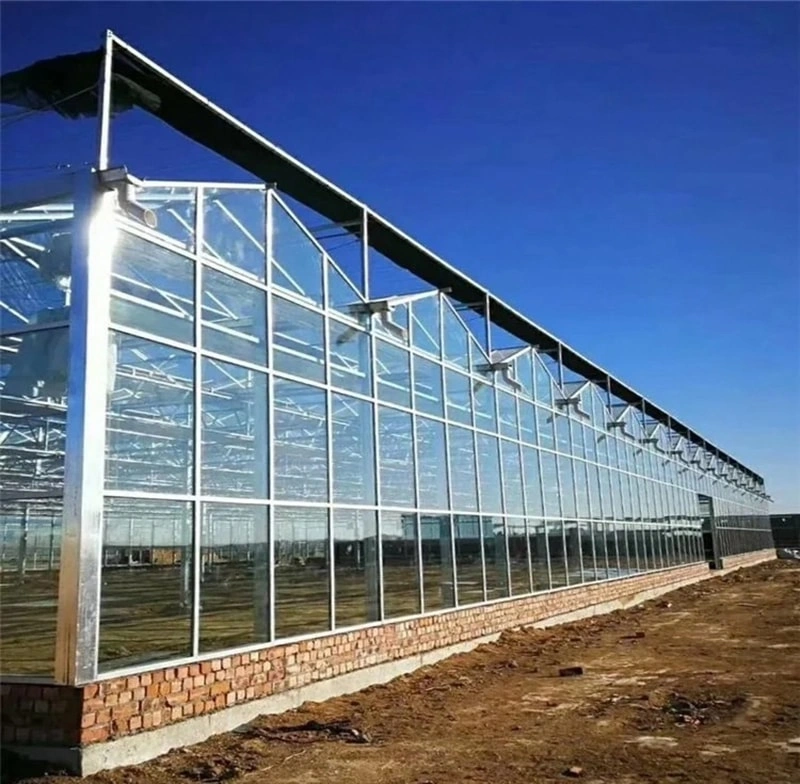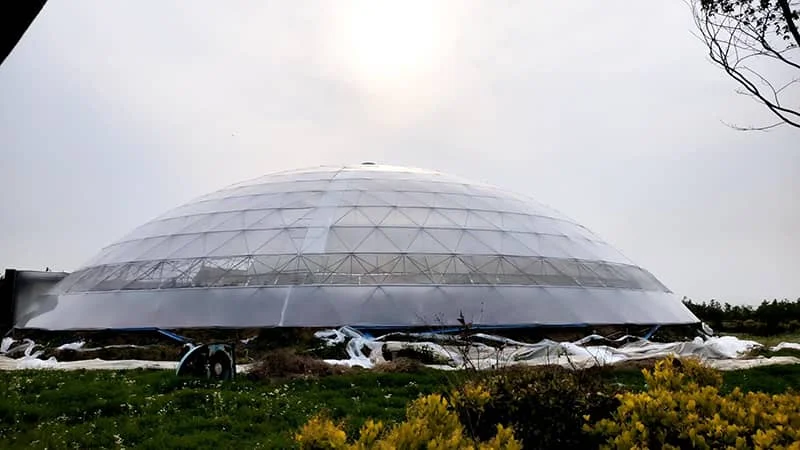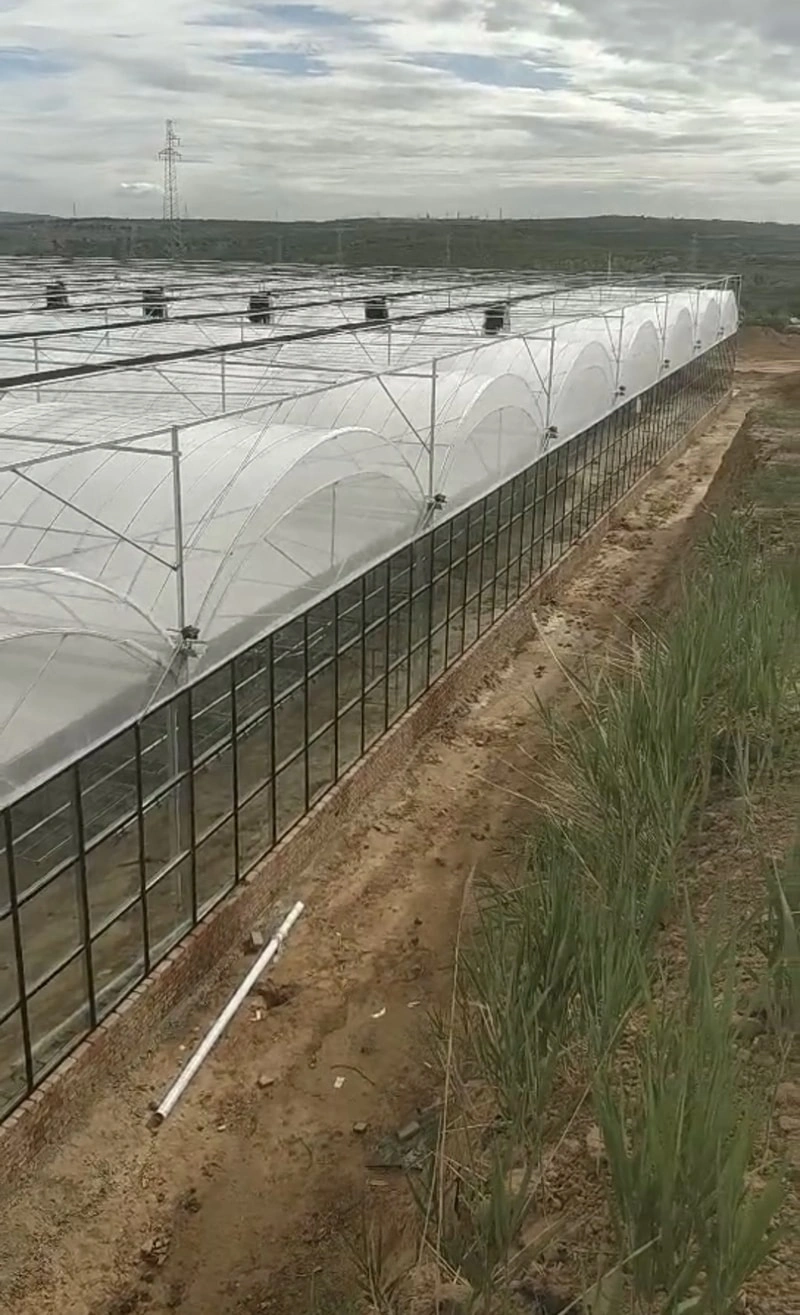Choosing the Right Plastic Film for Greenhouse Construction
In modern agriculture, plastic film greenhouses play a crucial role in extending growing seasons, improving crop yields, and protecting plants from harsh weather conditions. Selecting the right greenhouse film is essential for maximizing efficiency and durability. In China, four main types of plastic films are commonly used: Polyvinyl Chloride (PVC), Polyethylene (PE), Ethylene-Vinyl Acetate Copolymer (EVA), and Light-Adjusting Agricultural Film. Each type has unique properties that affect insulation, light transmission, and lifespan.
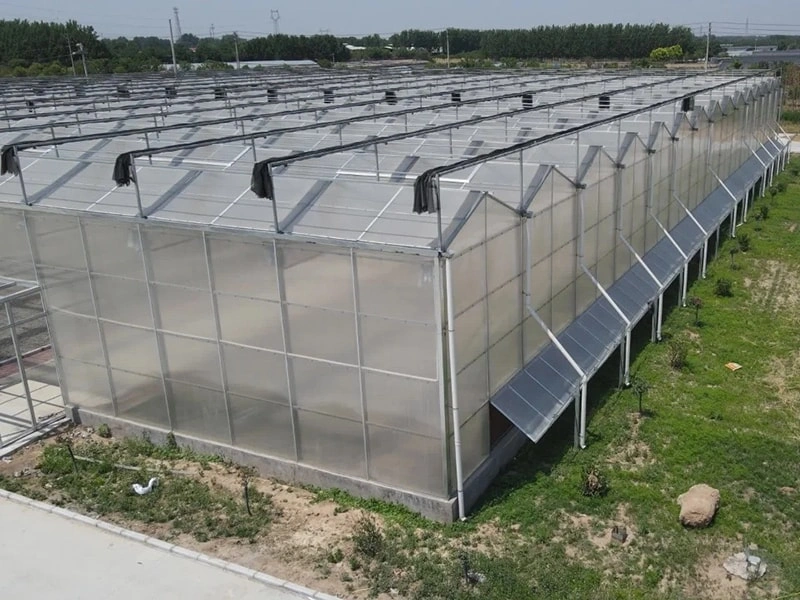
1. PVC Greenhouse Film
PVC film is known for its excellent insulation, light transmission, and weather resistance, making it suitable for greenhouses and tunnels. However, it is heavier than PE film, increasing costs, and becomes brittle in cold weather. Key variants include:
Standard PVC Film (lasts 4-6 months, being phased out).
Anti-Aging PVC Film (lasts 8-10 months, ideal for seasonal cultivation).
Drip-Free & Anti-Aging PVC Film (combines durability and condensation control, lasting 12-18 months).
Dust-Resistant PVC Film (improves light transmission for winter-spring cultivation).
2. PE Greenhouse Film
PE film is lightweight, flexible, and cost-effective, but has weaker insulation and weather resistance. Improved versions include:
Standard PE Film (short lifespan, 4-6 months).
Anti-Aging PE Film (lasts 12-18 months, cost-efficient for multi-season use).
Drip-Free & Anti-Aging PE Film (enhances light diffusion and longevity).
Thermal PE Film (improves heat retention by 1-2°C).
Multifunctional PE Film (combines UV resistance, disease suppression, and extended durability).
3. EVA Film
EVA film offers superior light transmission, insulation, and durability compared to PVC and PE. It increases crop yields by about 10% and can last over two years while remaining recyclable.
4. Light-Adjusting Film
This advanced film selectively filters sunlight to enhance growth conditions. For example, purple-tinted films optimize light for leafy vegetables like leeks and spinach, promoting faster growth and higher quality.
Conclusion
When building a plastic film greenhouse, farmers should consider climate, crop type, and budget to choose the best film. PVC and PE films are traditional choices, while EVA and light-adjusting films offer advanced performance. Selecting the right film ensures better insulation, light diffusion, and longevity, leading to higher agricultural productivity.
By making informed decisions, growers can optimize their plastic film greenhouses for sustainable and efficient farming.
Keywords: Plastic film greenhouse, greenhouse film selection, PVC film, PE film, EVA film, agricultural film.







